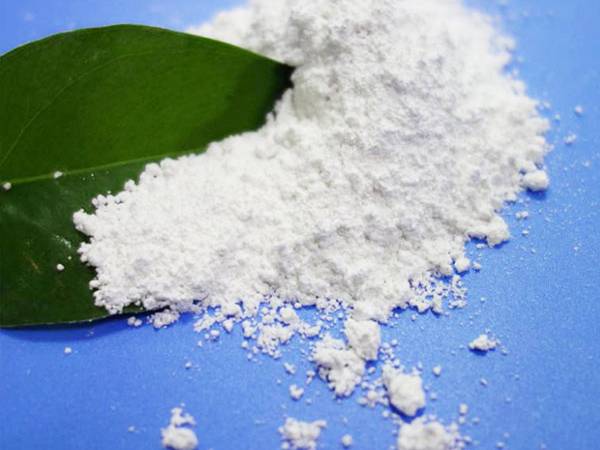



sodium chlorite hydrochloric acid
Sodium Chlorite and Hydrochloric Acid A Chemical Interaction
Sodium chlorite (NaClO2) is a chemical compound that has gained attention for its unique properties and versatile applications, ranging from water disinfection to bleaching agents. When mixed with hydrochloric acid (HCl), a strong mineral acid, an interesting reaction occurs that produces chlorine dioxide (ClO2), a potent oxidizing agent. This interaction is not only significant for its practical applications but also for its implications in various fields, including sanitation, chemistry, and even medicine.
The reaction between sodium chlorite and hydrochloric acid can be represented by the following simplified equation
Sodium Chlorite and Hydrochloric Acid A Chemical Interaction
In this reaction, sodium chlorite is dissolved in hydrochloric acid, leading to the release of chlorine dioxide gas. This gas is recognized for its strong oxidizing capabilities and is used in various applications such as disinfecting drinking water, wastewater treatment, and even in the paper and textile industries for bleaching. Chlorine dioxide operates effectively at low concentrations and does not form chlorinated byproducts, making it an environmentally safer alternative compared to traditional chlorine treatments.
sodium chlorite hydrochloric acid

One of the most notable features of chlorine dioxide is its ability to inactivate a broad spectrum of pathogens, including bacteria, viruses, and protozoa. This versatility has made it a vital component in public health, particularly in scenarios where water quality is a concern. For example, during outbreaks of waterborne diseases, chlorine dioxide can be used to treat affected water supplies, ensuring the safety of communities.
However, the generation of chlorine dioxide from sodium chlorite and hydrochloric acid should be conducted with caution. Chlorine dioxide is a volatile gas that can pose health risks if inhaled or improperly handled. Adequate safety measures, including proper ventilation and protective equipment, are essential when performing such reactions. Furthermore, regulatory frameworks govern the use of chlorine dioxide in public health applications to ensure that it is used safely and effectively.
Despite its advantages, the role of sodium chlorite and hydrochloric acid in producing chlorine dioxide has been sensationalized in some alternative health circles, promoting the use of the mixture as a miracle cure for various ailments. Such claims lack scientific backing and can be harmful if misused. The World Health Organization (WHO) and other health authorities warn against the consumption of such mixtures without proper medical supervision.
In conclusion, the reaction between sodium chlorite and hydrochloric acid produces chlorine dioxide, a valuable compound with widespread applications in water treatment and sanitation. While it presents a powerful solution to various public health challenges, it must be handled responsibly. The fascination with chemicals and their reactions illustrates the delicate balance between leveraging their benefits and ensuring safety, reminding us of the importance of science-based approaches in the realm of health and environmental management. As research continues to evolve, the potential for innovative applications using these compounds will likely expand, offering new opportunities and insights into their capabilities.
-
Why Sodium Persulfate Is Everywhere NowNewsJul.07,2025
-
Why Polyacrylamide Is in High DemandNewsJul.07,2025
-
Understanding Paint Chemicals and Their ApplicationsNewsJul.07,2025
-
Smart Use Of Mining ChemicalsNewsJul.07,2025
-
Practical Uses of Potassium MonopersulfateNewsJul.07,2025
-
Agrochemicals In Real FarmingNewsJul.07,2025
-
Sodium Chlorite Hot UsesNewsJul.01,2025










